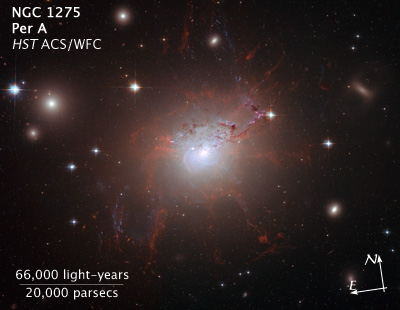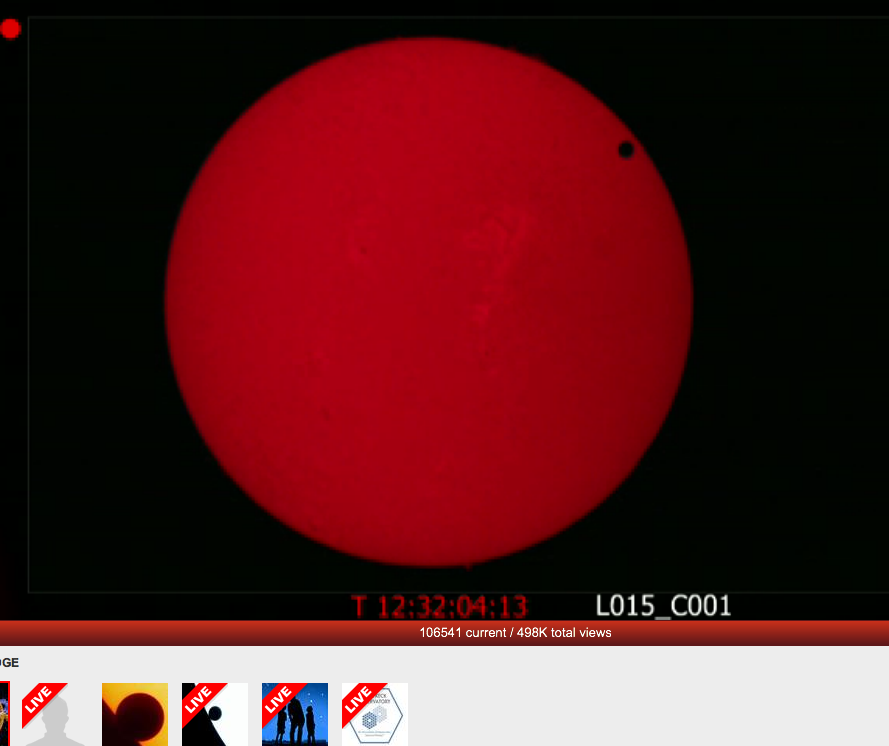A New Dawn for Astronomy

007 Licence to Observe
October 24, 2009
Beyond 2009
February 10, 2010Its the Christmas holiday season and as we draw to a close with the International Year of Astronomy there are already a milliion and one projects waiting to be brought off the drawing board to be put into action. This year has been somewhat of an emotional roller coaster for me, both work and family wise, and to some extent I will be glad to see the back of 2009.
So I will start these last posts of the year with a series of images that to me are simply awe inspiring. For the reason that they defy our current understanding of our Universe and may herald a new dawn of astronomy (quite appropriate for bringing in 2010 I think!). As they say, out with the old in with the new, so lets see what 2010 may bring.
Number 1. A better understanding of magnetic fields on cosmological scales
In a news story released by the Hubble Space Telescope Press Office, Perseus A is described as a “Erupting Magnetic Monster”. Plasma from the nucleus of NGC 1275 is being ejected out into the surrounding galaxy cluster and is forming giant filaments which are then shaped by the magnetic fields of NGC 1275. These energetic filaments stretch out for over 20, 000 light years. The press release continues to comment that it has been a challenge for astronomers to understand how the delicate structures withstood the hostile, high-energy environment of the galaxy cluster for over 100 million years. They should have heated up, dispersed, and evaporated by now, or collapsed under their own gravity to form stars. A new study published in the August 21(2008) Nature magazine proposes that magnetic fields hold the charged gas in place and resist the forces that would distort the filaments. This skeletal structure is strong enough to resist gravitational collapse.
Similar networks of filaments are found around other more remote central cluster galaxies. However, they cannot be observed with comparable resolution to the view of NGC 1275. The team will apply the understanding of NGC 1275 to interpret observations of these more distant galaxies.
So, to conclude, a new explanation as to how plasma can withstand gravitational collapse and how it can lead to new structures forming in the Universe on cosmological scales.



2 Comments
Interesting stuff, Sotira. A horizontal thread supported against gravity, and high Faraday rotation. I went to Manchester, and kind of share your goals.
Zoom Astronomy is a comprehensive on-line site about space and astronomy. It is designed for people of all ages and levels of comprehension. It has an easy-to-use structure that allows readers to start at a basic level on each topic and then to progress to much more advanced information as desired, simply by clicking on links.